2014 Honda Accord Vs. 2015 Hyundai Sonata

Fifteen years ago the thought of putting a Honda Accord and Hyundai Sonata in the same comparison test was almost laughable. But when the sixth generation, Sonata appeared, people took notice that Hyundai was serious about building vehicles that consumers wanted.
Fast forward six years and it’s time for a new generation Sonata to emerge. More of a heavy refresh than a ground-up redesign, Hyundai has worked hard to address the previous Sonata’s weaknesses. To see if the manufacturer succeeded, we brought along the recently redesigned 2014 Honda Accord for comparison. A perennial best-seller in the mid-size sedan market, the Accord is one of the key players in the family sedan segment in which all other cars are measured.
Get the Flash Player to see this player.
Separated at Birth?
It’s obvious a specific formula is emerging for how to build the perfect family car. Just look at the specs between these two cars. They both are powered by 2.4-liter four-cylinder engines making 185 HP, both ride on the same size 215/55R17 tires, the two car’s curb weights are separated by 6 lbs. and the overall vehicle lengths are separate by a quarter inch.
The one area that differs is with the transmission. Whereas Hyundai continues to soldier on with a six-speed automatic for all Sonata models, Honda has ditched a multi-gear transmission on four-cylinder Accords and replaced it with a continuously variable transmission (CVT).
See Also: 2013 Honda Accord Sport Review – Video
For those who disparage the thought of the Accord gaining a CVT, rest assured, this may well be the best CVT on the market. It’s smooth, flawless and never lets the engine drone. In daily, regular use it mimics a conventional automatic so well that you probably won’t ever notice the difference.
CVT’s Efficiency Shines Through
The six-speed in the Sonata is equally flawless in its operation. It fades into the background and never disrupts daily driving, but the downside is fuel economy. The Sonata 2.4-liter is officially rated at 24 mpg in the city and 35 on the highway compared the Accord four-cylinder’s ratings of 27 MPG city and 36 MPG highway. During our evaluation period, both cars lived up to the published ratings with the Accord edging out the Sonata by achieving an average of 31.6 MPG compared to 30.2 MPG.
To manage these frugal levels of fuel economy, neither car is very powerful. Like the transmissions, the engines fade away from conscious thought when driving; exactly what is expected in this segment. The Sonata holds the edge when it comes to quietness inside the cabin, better isolating occupants from outside intrusions.
Quieter vs Easier to Operate
On the other hand, the Accord is easier to drive. It’s predictable, manageable and requires little effort to maneuver behind the wheel. The Sonata’s ride quality and suspension behavior are much improved over last year’s model, but still feels too rough for daily driving. It’s like Hyundai is trying too hard to make the Sonata feel upscale, at the expense of ride comfort.
Like the vehicle’s specifications, styling of the Accord and Sonata are a lot closer now. Gone is the overly curvy, heavily detailed look of the fifth generation Sonata. Replacing it is far more conservative sheet metal that resembles the new 2015 Hyundai Genesis sedan and should age better over time.
Styling vs. Space
The Sonata’s new sheet metal is also functional to aide in ingress and egress for rear seat passengers. Legroom in the pack is up over an inch for the 2015 Sonata, but it still falls short by nearly three inches to the 38.5 inches offered in the Accord. Even with a bit less headroom, the rear seat of the Accord is by far the more comfortable place to be for adult passengers.
While on the topic of comfort, the Accord also trumps the Sonata when it comes to the front seats. They are much more comfortable and real world headroom is ample in the Accord whereas it’s a bit tight inside the Sonata. As well, some of our staff found their right knee rubs against a hard plastic corner in the Sonata.
Stylish and Modern
Like the exterior, the Hyundai’s interior has gone the conservative route for 2015. Modern and elegant, we like how well laid out and contemporary the new Sonata’s interior has become. All controls are simple to use. The Sonata also comes with a few features missing in the Accord like heated and cooled front buckets, a heated steering wheel, a panoramic sunroof and a larger trunk.
On the downside, we did find that there are too many hard plastics for our liking inside the Sonata though and there’s a glaringly obvious trim piece on the center stack that doesn’t line up properly.
Compare Specs
| Vehicle | 2014 Honda Accord | Advantage | 2015 Hyundai Sonata |
|---|---|---|---|
| Engine | 2.4 L Four-Cylinder | - | 2.4 L Four-Cylinder |
| Horsepower | 185 hp | - | 185 hp |
| Max. Torque | 181 lb-ft | Accord | 178 lb-ft |
| Fuel Economy | 27 MPG city / 36 MPG hwy | Accord | 24 MPG city / 35 MPG hwy |
| Observed MPG | 31.6 mpg | Accord | 30.2 mpg |
| Weight | 3,365 lbs. | - | 3,371 lbs. |
| Front Legroom | 42.5” | Sonata | 45.5” |
| Rear Legroom | 38.5” | Accord | 35.6” |
| Rear Cargo Capacity | 15.8 cu. ft. | Sonata | 16.3 cu. ft. |
| Starting Price | $22,745 | Sonata | $21,960 |
| As Tested Price | $30,835 | Accord | $32,385 |
Simple and Easy to Use
The Accord isn’t exactly a pillar of class-busting style, but like the Sonata, it’s ergonomically laid out and we appreciate the dual display screens that let us see both audio information and the navigation map at the same time. Inoffensive and dull, the Accord may be boring inside, but it’s user friendly and comfortable for all passengers.
The two biggest complaints when operating the Accord have to do with the steering wheel blocking the view of the upper speedometer and the audio display screen not displaying all the information we would like when motoring down the road.
See Also: 2015 Hyundai Sonata Review – Video
Although the Sonata begins at a base price of $21,960 after destination charges and the Accord has an entry fee of $22,745, our test vehicles arrived very well optioned. The Honda Accord EX-L with Navi tipped the scales at $30,835 while the Hyundai Sonata Limited we had on hand came in at $32,385.
The Verdict
More expensive, less efficient and not as comfortable to be in, the Sonata still falls short of the Honda Accord. But the gap between them is so small now, purchasing one or another will ultimately come down personal choice, taste and priorities. For our money, the choice is still the Honda Accord, but as the saying goes, individual results may vary.

A 20+ year industry veteran, Mike rejoins the AutoGuide team as the Managing Editor. He started his career at a young age working at dealerships, car rentals, and used car advertisers. He then found his true passion, automotive writing. After contributing to multiple websites for several years, he spent the next six years working at the head office of an automotive OEM, before returning back to the field he loves. He is a member of the Automobile Journalists Association of Canada (AJAC), and Midwest Automotive Media Association (MAMA). He's the recipient of a feature writing of the year award and multiple video of the year awards.
More by Mike Schlee
















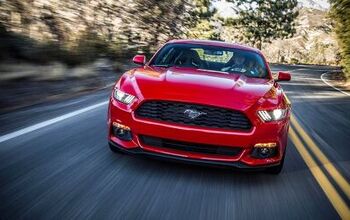
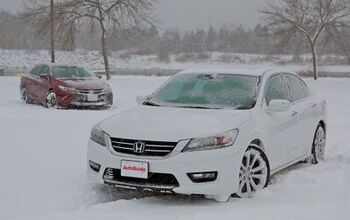




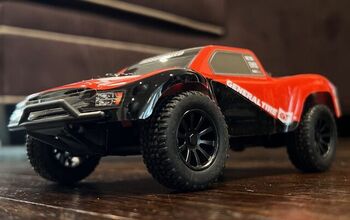



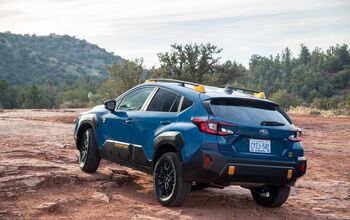


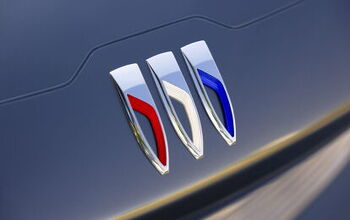
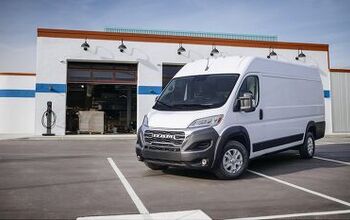
Comments
Join the conversation
Hyundai improves the steering and handling of the Sonata and then cuts 29 hp out of the Turbo motor of the 2.0T. Stupid! I am happy Kia did not do the same thing to the Optima SX.
I am more concerned with longevity. The Honda accord series from the late 90's prior to 1999 were amazing, but since then their longevity has declined. Obviously, that's not part of the discussion in the article, but their transmissions are seriously awful. Honda transmission smooth? Ha! When I talk to mechanics, they all say, accords are decent cars, but a sonata has fewer repairs and more longevity. If Honda would only fix their transmissions, but I still hear about tranny problems in new accords. I think accord interiors are designed well, the frames preserve well, and the cars handles well, but who cares when they also have crap transmissions.